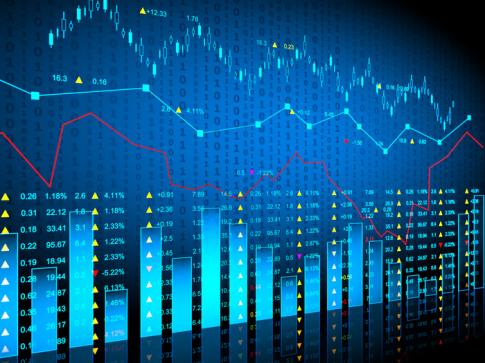Embracing data is key to the future of unions

Learning to read and predict our changing environment through strategic use of data is crucial for the survival of trade unions.
Jenny Andrew
Learning to read and predict our changing environment through strategic use of data is crucial for the survival of trade unions.
“Will you be happy when the last union office turns its lights off? Is that what success looks like?” This is a challenge Mike Clancy, general secretary of Prospect, sometimes lays down to employers and HR professionals, evoking an image that only the most hard-bitten anti-union ideologue would endorse. When he said it at the recent Unions 21 conference, hot on the heels of a graph charting 40 years of declining membership, it had the ring of a warning to the movement. If we carry on like this, our extinction is a real probability. Adapt or die.
If “the species that survives is the one that is best able to adapt to the changing environment in which it finds itself”, the evidence suggests that trade unions are not very good at adaptation. It’s time we took lessons from the modern masters of the art.
If we carry on like this, our extinction is a real probability.
Take Netflix, a chameleon of the digital age: from DVD rentals by post to an entirely cloud-based service. The changes to their business model have been choreographed to keep pace with the evolution of their customers’ behaviour. Netflix have mastered the art of survival by learning to diagnose and predict their changing environment, and by planning their adaptation in advance. They do it with smart, strategic use of data. Unions can learn it too.
With the advent of the General Data Protection Regulation, and in the wake of the Facebook data breach, I understand why unions have been treating their data more as a liability than an asset. But I believe, with the soul of a trade unionist and the mind of a data scientist, that it is a matter of our survival that we get data use on the front foot.
So what applications of data would win your union round?
• Real-time state-of-the-union analysis
• Five-year forecasts of income based on membership trends and demographics
• Mobile notifications about branch membership
• Geospatial analysis of membership clusters to plan staffing and target recruitment
• Predictions of attrition rates for cohorts of members, such as new joiners
• Diagnosis of seasonality in membership, demand and income for resource planning
• Horizon scanning economic and industrial trends for new threats and opportunities
All this is possible, and more besides, but it will take an investment in data skills to get us there. Big businesses, from Netflix to premiership football teams, employ in-house data experts. However, with membership declining, and where ‘lean’ is the watchword, it would take a radical leap of faith for trade unions to start adding data specialists to the payroll.
A practicable alternative is to build a data ‘toolkit’ that answers the business data needs of the union. The idea is that, if we can articulate the logic of what we want to learn from our data, we can invest in the human data skills up-front, and code them into software that does the work for us. No need to commit to the ongoing expense of an in-house data analyst. No need, even, to do the work alone. Not when the thinking, the cost, and the product could be shared by other trade unions with similar goals.
Unions 21 is exploring the requirements and appetite for a shared trade union data and analytics platform. We hope to engage the input of experts in all trade union functions: from organisers to general secretaries to administrators. We want to hear
• How unions currently use data
• What limits their use of data
• How they would like to use data if there were no limits
Good data science combines technical expertise with ‘domain expertise’. I have some technical insights that might help provide answers, but I’m counting on my trade union colleagues to provide some great questions. We want to understand how data insights can help reboot trade union activity. Ultimately, we would like to break down some of the practical barriers that prevent unions from making best use of the data available to them.
Of course, the barriers to turning unions into data-driven organisations are not all practical ones. It is entirely possible that scientific analysis will tell us that some of our processes, structures and traditions are no longer fit for purpose. Forty years of decline should be enough of a clue that something isn’t working. If we identify practices that are broken, are we brave enough to fix them or scrap them? If we can’t or won’t adapt, are we ready to see the lights go out?
Change can be a bitter pill for a movement that cherishes its heritage and its tradition. But if Darwin has a lesson for us it is this: there can be no posterity without survival.
Our first priority as a movement, our responsibility to future generations of workers, is to survive and pass on our heritage. Learning to read and predict our changing environment through strategic use of data might just be the key./OD




 del.icio.us
del.icio.us Digg
Digg

Post your comment